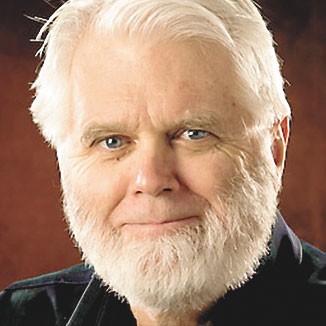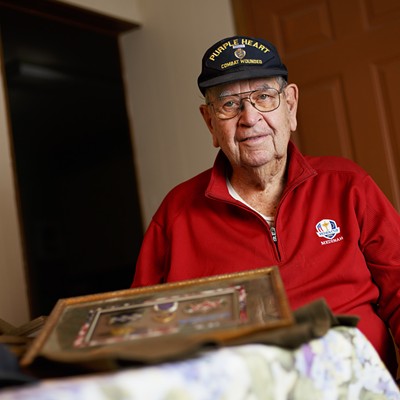Sixty years ago, on May 17, 1954, the U.S. Supreme Court handed down its decision in the case of Oliver Brown vs. the Board of Education of Topeka, Kansas. Newly seated Chief Justice Earl Warren, a genial politician from California, had managed to persuade a fractious group of justices to overturn the 1896 decision in the case of Plessy v. Ferguson, which had made "separate but equal" the law of the land — a decision that led to a half-century of school segregation.
How the Court has changed. The present "original meaning" majority of five views the Court's challenge as giving the Constitution its "true meaning." Their role, they believe, is to "find the law." To the contrary, the Warren court agreed with the writer of the statement: "The possibility implied by these comforting phrases (true meaning and find the law) does not exist. ... History can be of considerable help, but it tells us much too little about the specific intentions of the men who framed, adopted and ratified the great clauses. The record is incomplete, the men involved often had vague or even conflicting intentions, and no one ... could have foreseen the disputes that the changing social conditions and outlooks would bring before the court."
Oh yes, and the writer? None other than Robert Bork, who wrote this in 1968, just before he discovered "original intent," which he dumped in favor of "original meaning," which the John Roberts majority has transformed into a kind of judicial Holy Grail.
Consider, also, the differences in background and experience: Two of the Warren justices didn't have law degrees. They simply passed the bar and began practicing. None were Ivy League undergraduates, and most came from modest means. William O. Douglas, a Whitman College graduate, traveled to Columbia Law School by tending sheep on a train.
In comparison, today's majority has lived hermetically sealed lives — from law school, to corporate corridors or the Justice Department and onto a Court of Appeals. The Warren Court featured a former U.S. Senator, a former state legislator, a Nuremberg trial prosecutor, an ACLU founder, a former big city mayor and Warren himself, a three-term governor.
The current majority calls to mind Texas legend Sam Rayburn's line about President Kennedy's so-called best and brightest advisers: "I wish one of them had been elected dog catcher or something."
Elected three times to lead the nation's most populous state, Earl Warren's frame of reference, writes Richard Kluger in his monumental work, Simple Justice, had little to do with the disputes over the theoretical application of, say, judicial restraint or anything like today's "original meaning." Instead, Warren's frame of reference came from the "back rooms of police stations, the pressing needs of pensioners, the thirst of arid valleys, the health of bodies and the minds of people."
Warren understood that he had before him a landmark case. Very early on in the deliberations, he realized he already had a 5-4 majority to overturn Plessy. (Chief Justice Roberts would have just called for the vote.) But Warren saw the need for the maximum moral standing: The nation needed a unanimous decision, uncluttered by concurring opinions. Warren needed the Court to speak as one voice.
So, ever the politician, Warren held no quick vote. Instead, he gave his colleagues time to discuss, reflect, consider, compromise and even write. They debated the possible political effects of overturning Plessy, considered the unintended consequences, and sought out ways to mitigate both.
Can you seriously imagine Justice Antonin Scalia taking the time to reflect on how his Heller decision might affect the country? Did he intend to empower the gun lobby? I doubt it, but that has been the outcome, which could have been predicted and avoided.
Did Justice Anthony Kennedy intend for his contrived and arbitrarily expanded Citizens United opinion to bring about an even more "bought and paid for" Congress? His naïveté was breathtaking. Then, of course, there was his "corporations are people" bit of off-the-cuffness. Another old "dog catcher," former Montana Gov. Brian Schweitzer, came up with the response that will be long remembered: "I'll believe that corporations are people when I see Texas execute one."
In the end, Warren boiled the question down to its barest essentials — to the fundamental principles at stake. To Warren, original meaning and intent were so much sophistry. "Segregation," Warren had told his new colleagues, "could be justified only by belief in the inferiority of the Negro; any [justice] who wished to perpetuate the practice ought in candor be willing to acknowledge as much."
After deliberating for an extended period of time, the Court rallied around Warren's non-hermetically sealed argument for "simple justice." They gave him — and the nation — the unanimous decision he worked so hard to bring about. There could be no "equal" if there was "separate." Brown v. Board of Education became the new law of the land in 1954; today, it's a model for lawmaking we'd do well to follow. ♦



















